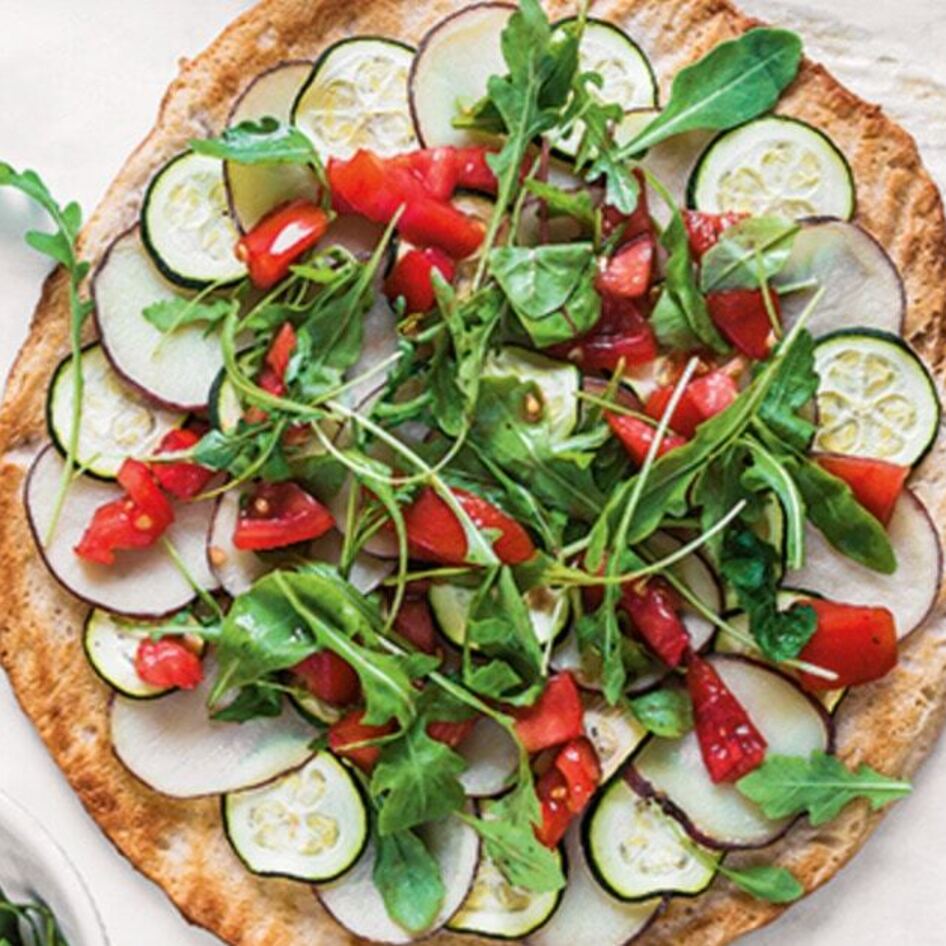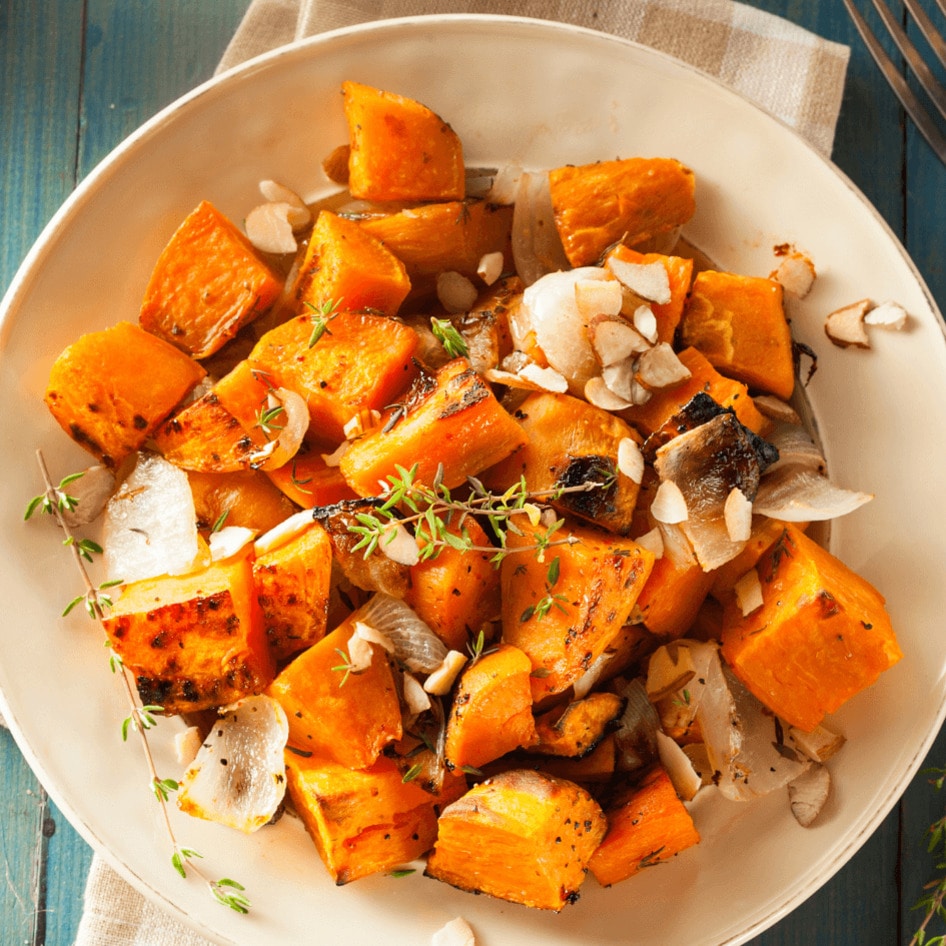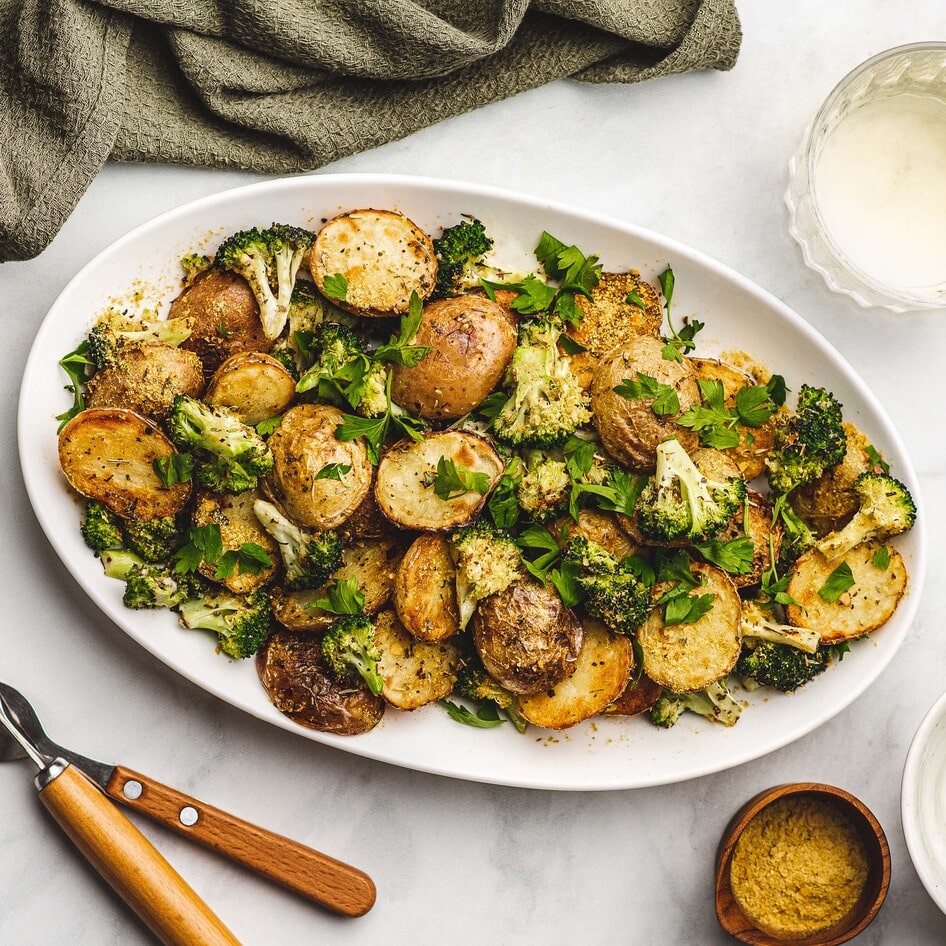VegNews Guide to the Winter Farmers’ Market
Think veggies and fruits are just for summer dishes? Pish posh. These options prove produce is possible even in chilly temps.
December 20, 2016
Chilly fingers and toes, snow, and toasty hot chocolate are just a few of the things that scream winter has arrived. And while the season certainly means the arrival of many traditions, it can also lead to the diminishing abundance of fresh local produce. But don’t despair just yet! The truth is, you can have your rutabaga and eat it, too. By shopping for in-season produce you will not only be supporting local, often family-run farms, but you will also be reducing the size of the footsteps you’re trekking throughout the snow—figuratively speaking, of course.
One thing that is important to keep in mind is that many of these produce options are available year ‘round because of a grower’s ability to keep them “in storage,” meaning they have been preserved in a root cellar equipped with a cool, dark atmosphere. Potatoes, onions, and beets are just a few examples of these storable vegetables. Read on for more suggestions on how get your daily dosage during the winter months, while still keeping your carbon footprint intact.
Beets: These ruby red darlings are available year-round because of their in storage capabilities. Enjoy them roasted or blended into a vitamin-rich smoothie.
Carrots: Like potatoes and onions, this vegetable is kept in storage by local farmers located in colder areas. Peel and cut carrots into sticks, place them on a baking pan, drizzle them with agave and salt, and then roast for a tasty snack.
Cauliflower: This guy likes to hang around all year depending on the climate, but it’s naturally preferred environment is cooler weather, making it an ideal winter crop.
Celery: You’ll find this veggie is at peak crispiness in the fall, but it will stay in season throughout the winter in moderate climates.
Clementines: The baby brother of oranges, these small fruits are at their peak sweetness starting in December and lasting throughout the winter.
Grapefruits and Oranges: While both tend to be in season in warmer climates like Texas and Florida, it’s still a good thing to support farms located within the US. If you spot these fruits at a grocery store, then make sure they are not imported before purchasing.
Kale: A vegetable superstar, this leafy green will stick it out during the coldest months, making it a healthy side dish to any meal.
Parsnips: The “white carrot” of produce, this root vegetable is delicious when roasted with potatoes, onions, carrots, and other seasonal veggies.
Pears: These fruits start growing in mid-summer and hang on throughout the winter in some climates. As with grapefruits, make sure your pears are from somewhere within the United States.
Potatoes: A classic root vegetable, potatoes benefit from being kept in storage, making them a rather versatile seasonal vegetable. Slice potatoes thin and lay them on a baking sheet before sprinkling them with olive oil and sea salt for a healthy version of potato chips.
Rutabaga: Also known as yellow turnips, these root vegetables are tasty in soup or mashed with dairy-free butter and served in place of ho-hum potatoes.
Sweet Potatoes: You can spot ‘em year-round in grocery stores, but that doesn’t mean they are local. Warmer areas might have them more often throughout the year, but on average they are in season late summer through winter.
Winter Squash: Sure, the name is a bit of a clue that this vegetable is available during the colder months, but it’s important to know that you can score it at farmers’ markets as early as fall. Want to learn more about shopping for in-season produce? Check out localharvest.org for an interactive guide that will help you discover what’s available in your area.
Caroline Shannon-Karasik (carolineshannon.com) is a freelance writer and healthy-living blogger in Pittsburgh, PA.
JUMP TO ... Latest News | Recipes | Guides | Health | Shop
Photo courtesy of @wrightkitchen







